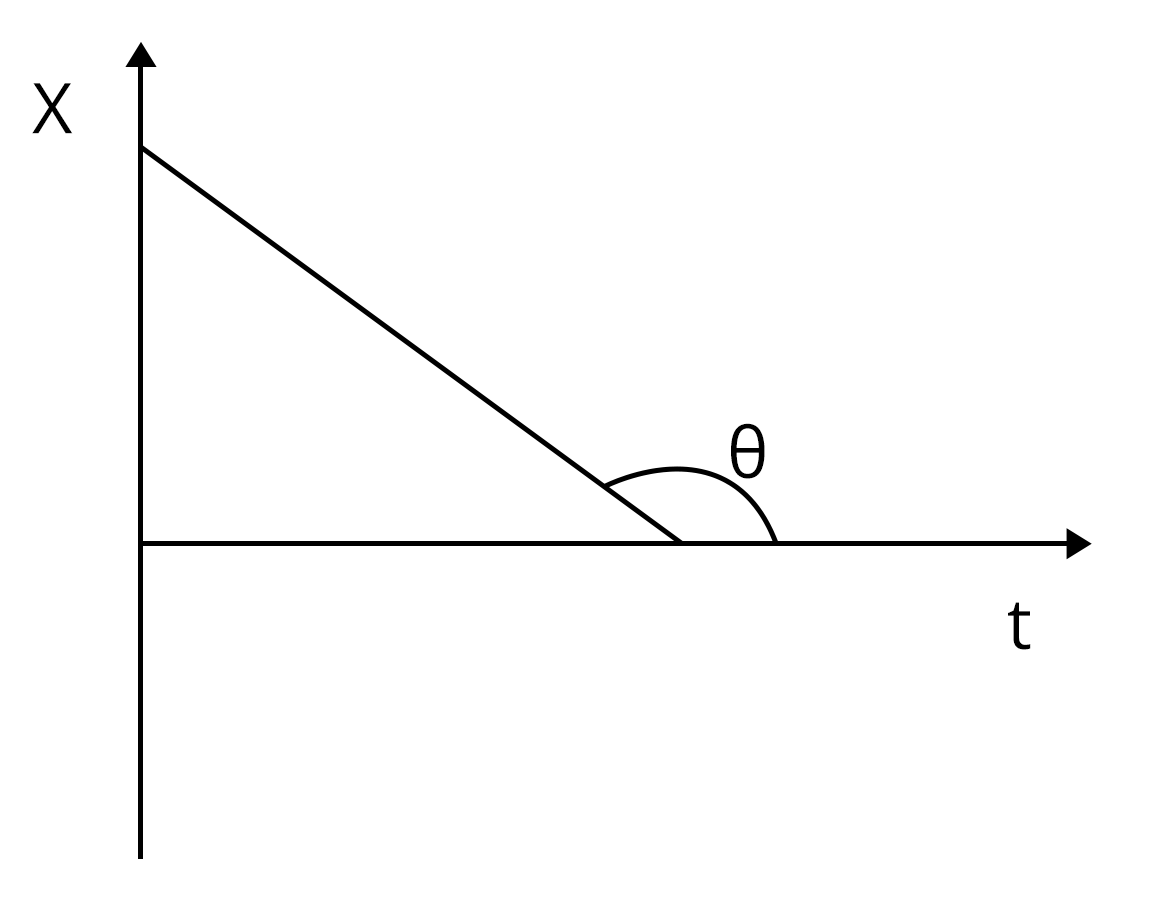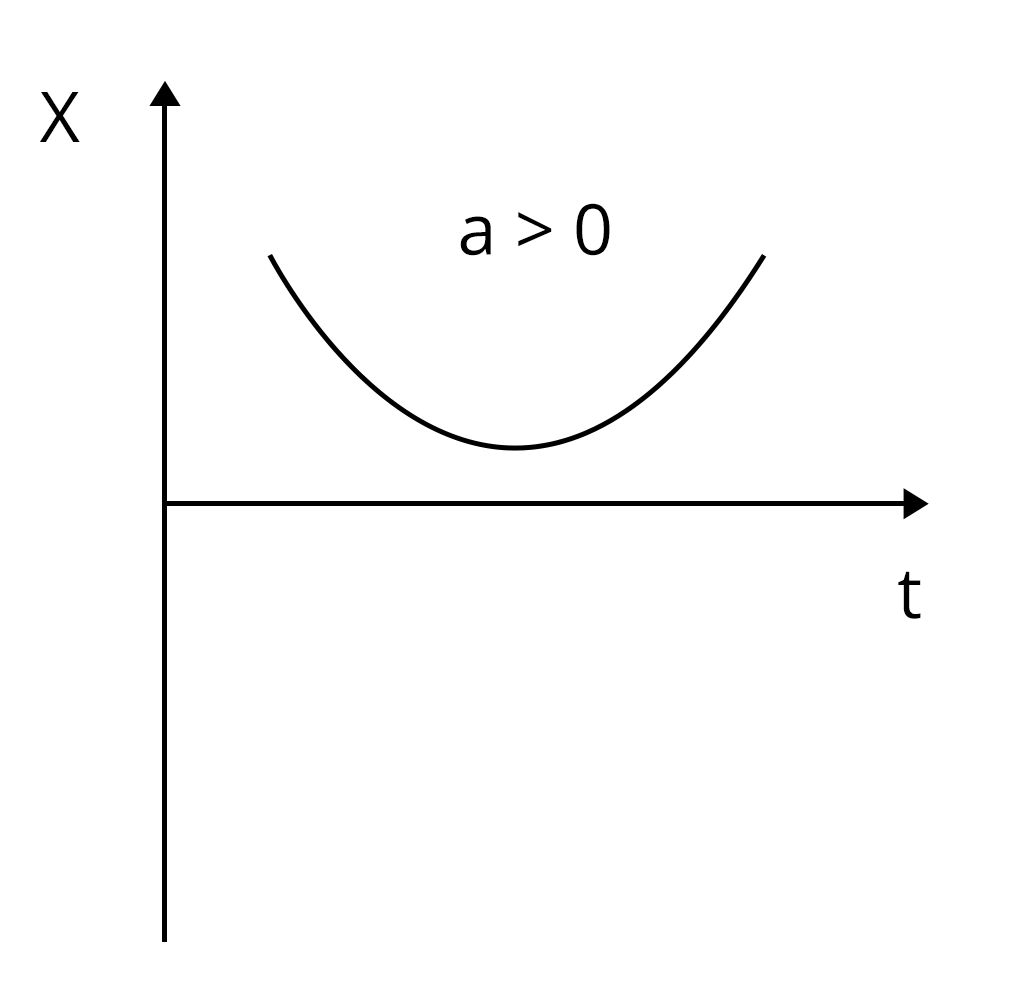




Important Concept of Motion in a Straight Line
In this chapter we will talk about the motion of any object or a body in a straight line or in 1 dimension. In this chapter we will also understand the meaning of motion and what is the state of rest and state of motion of an object. We have covered all the important parameters that are required to understand the motion in 1-D.
In this article, we have provided all the important concepts like path length, distance, displacement, velocity, and acceleration then formula for determining them. We have also discussed the graph between distance v/s time, velocity v/s time, and acceleration v/s time. Students will also get to know about free fall and motion under gravity.
This chapter also deals with the kinematic equations that are very important for solving any kind of problem in one dimensional motion. Motion in a straight line is also known as rectilinear motion.
Now, let's move onto the important concepts and formulae related to NEET exams along with a few solved examples and previous year questions.
Important Topics of Motion in a Straight Line
Motion in a straight line notes
NCERT Solution of motion in a straight line
Velocity
Acceleration
Motion in a straight line formulas
Uniform Motion and Non Uniform Motion
Distance and Displacement
Instantaneous Speed and Velocity
Kinematics Equations
Motion in a Straight line Important Concept for NEET
List of Important formulas for Motion in a Straight line
Solved Examples
1. A person travels along a straight road for the first half time with a velocity $v_1$ and the next half time with a velocity $v_2$. The mean velocity of the man is
Sol:
Given person move some distance with velocity $v_1$ in half time let it is t second
Distance traveled in this time = $d_1 = v_1 \times t$
In the second half time he traveled $d_2$ distance with speed $v_2$
Distance traveled in this time = $d_2 = v_2 \times t$
Total time = t + t = 2t
Total distance = $d_1 +d_2$
Mean velocity = $V = \frac{d_1 +d_2}{2t}$
$V = \dfrac{v_1 \times t + v_2 \times t}{2t}$
$V = \dfrac{v_1 + v_2 }{2}$
Therefore, The mean velocity of the man is $\dfrac{v_1 + v_2 }{2}$.
Key Point - For mean or average, we always take total distance and total time for the whole journey.
2. A body falls freely from rest. It covers as much distance in the last second of its motion as covered in the first three seconds. The body has fallen for a time of ____ second ?
Sol:
By newton's second equation of motion -
$S_n = ut + \frac{1}{2} at^2$
Displacement covered in nth second
$S_n = ut + \frac{a}{2} (2n - 1)$
Initial velocity is zero u = 0
$ \dfrac{g}{2} (2n - 1) = \dfrac{1}{2} g(3^2)$
$ \dfrac{10}{2} (2n - 1) = \dfrac{1}{2} 10(3^2)$
2n = 10
n = 5 second
Thus, The body has fallen for a time of 5 seconds.
Key Point: To solve this type of problem apply the formula of distance at a particular instant of time.
Previous Year Questions From NEET Paper
1. A ball is vertically downward with the velocity of 20 m/s from the top of a tower. It hits the ground after some time with the velocity of 80 m/s. The height of the tower is:(g = 10 $\dfrac{m}{s^2}$ ) (NEET 2020)
Sol:
Given u = 20 m/s, v = 80 m/s
By using newton third equation of motion
$v^2 =u^2 + 2gs$
$s = \dfrac{v^2 -u^2}{2g}$
By putting all values-
height of the tower = h = 300 m
Thus, we got the height of the tower h is 300 m.
Trick - Whenever a body is thrown downward then the acceleration is considered an acceleration due to gravity that is g. Therefore by applying the third equation of motion we can determine the height.
2. A car starts from rest and accelerates at 5 $\dfrac{m}{s^2}$ at t = 4 s, a ball is dropped out of a window by a person sitting in the car. What is the velocity and acceleration of the ball at t = 6 s? (take g = 10 $\dfrac{m}{s^2}$ ) (NEET 2021)
Sol:
Given- initial velocity = u = 0
Velocity at t = 4 second -
V = u + at
Put all the values -
v = 0 + 5 (4) = 20 m/s
At t = 6 second acceleration due to gravity - a = g = 10 $\dfrac{m}{s^2}$
$v_x$ = 20 m/s (due to car)
$v_y$ = u + at = 0 + 5 (4) = 20 m/s
$v = \sqrt{v_x^2} +{v_y^2}$
$v = 20\sqrt{2} $ m/s
Trick - upon going through the question and understanding it, we can first determine the acceleration at 6 sec and for final velocity we have to consider velocity in both x and y direction.
Practice Questions
1. A ball is thrown upward from the top of a tower 40 m high with the velocity of 10 m/s. Find the time when it is strikes the ground (Ans: 4 sec)
2. A Pebble is thrown vertically upward from a bridge with an initial velocity of 4.9 m/s. it strikes the water after 2 s. If acceleration due to gravity is 9.8 $\dfrac{m}{s^2}$
What is the height of the bridge?
with what velocity does the pebbler the water?(Ans: 9.8m, 14.7 m/s)
Conclusion:
In this article we have provided important information regarding the chapter Motion in a Straight line such as important topics, concepts, and formulae, etc.. Students should work on more solved examples for securing good marks in the NEET exams.
NEET Important Chapter - Motion in a Straight Line

 Share
ShareFAQs on NEET Important Chapter - Motion in a Straight Line
1. What is the weightage of the chapter Motion in a Straight line NEET exam?
In the NEET exam, there are 45 questions asked in the physics section. Out of 45, there are 2 questions on average that come under this chapter, which is nearly 4 - 5% of the physics section in the exam.
2. How can we expect full marks for questions from the chapter Motion in a Straight line NEET exam?
This chapter Motion in a Straight line is a very simple and fundamental chapter of physics. Try to remember kinematic equations and learn how to apply these. In this chapter please take care of directions while applying equations of motion. If we practice Previous Year Question Paper, and reference books then anyone can easily get full marks in the exam.
3. What is the difficulty level of questions in the NEET Exam from chapter Motion in a Straight line ?
As far as NEET is concerned, the difficulty level is medium for chapter Motion in a Straight line. Go through the previous year's question papers, and try to solve it. Most of the questions are formula based questions from this chapter.




















 Watch Video
Watch Video




